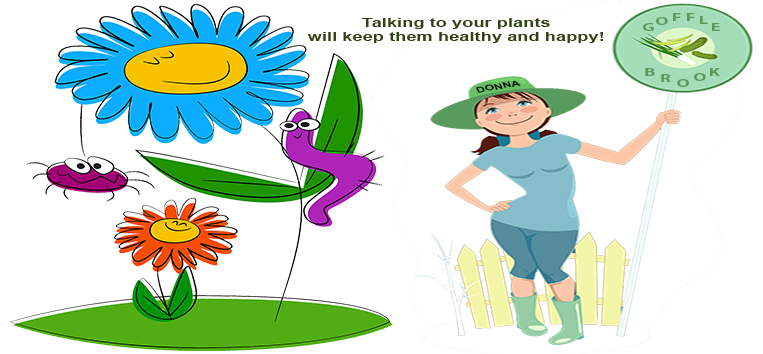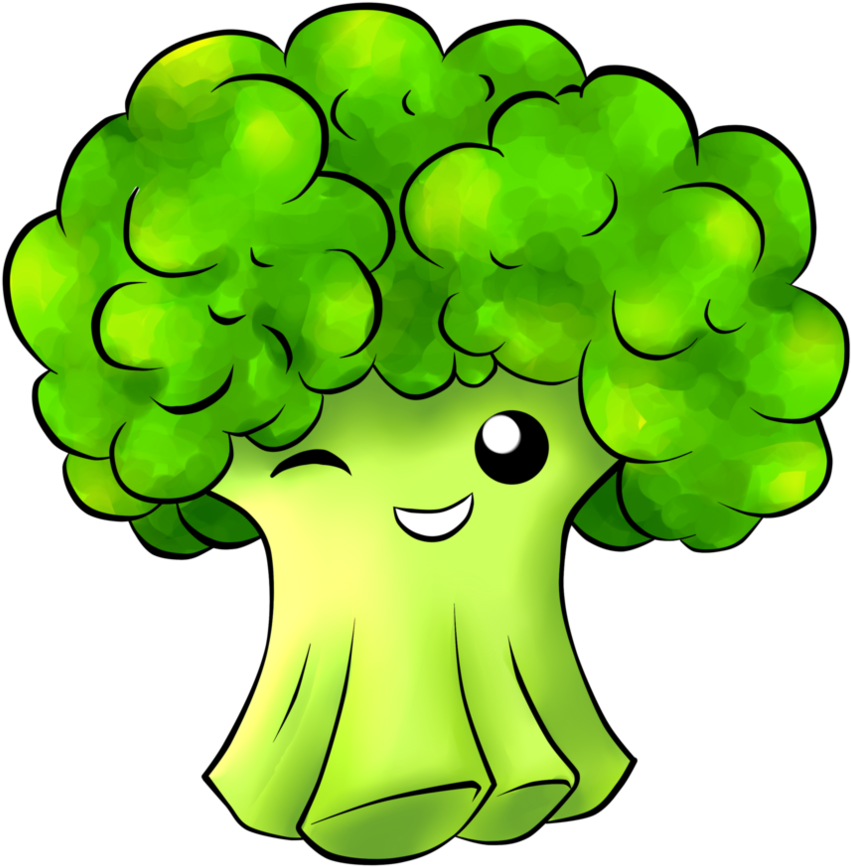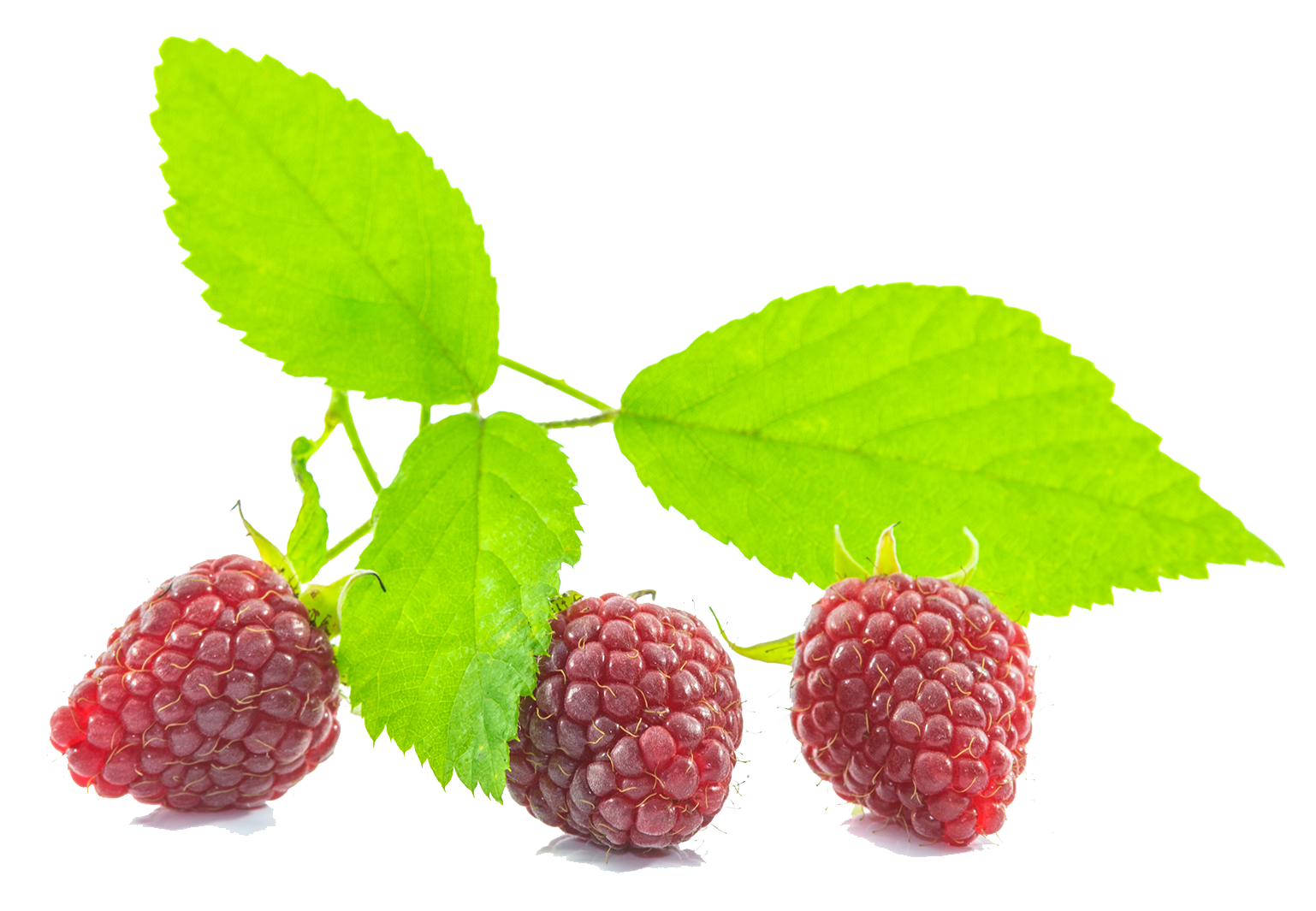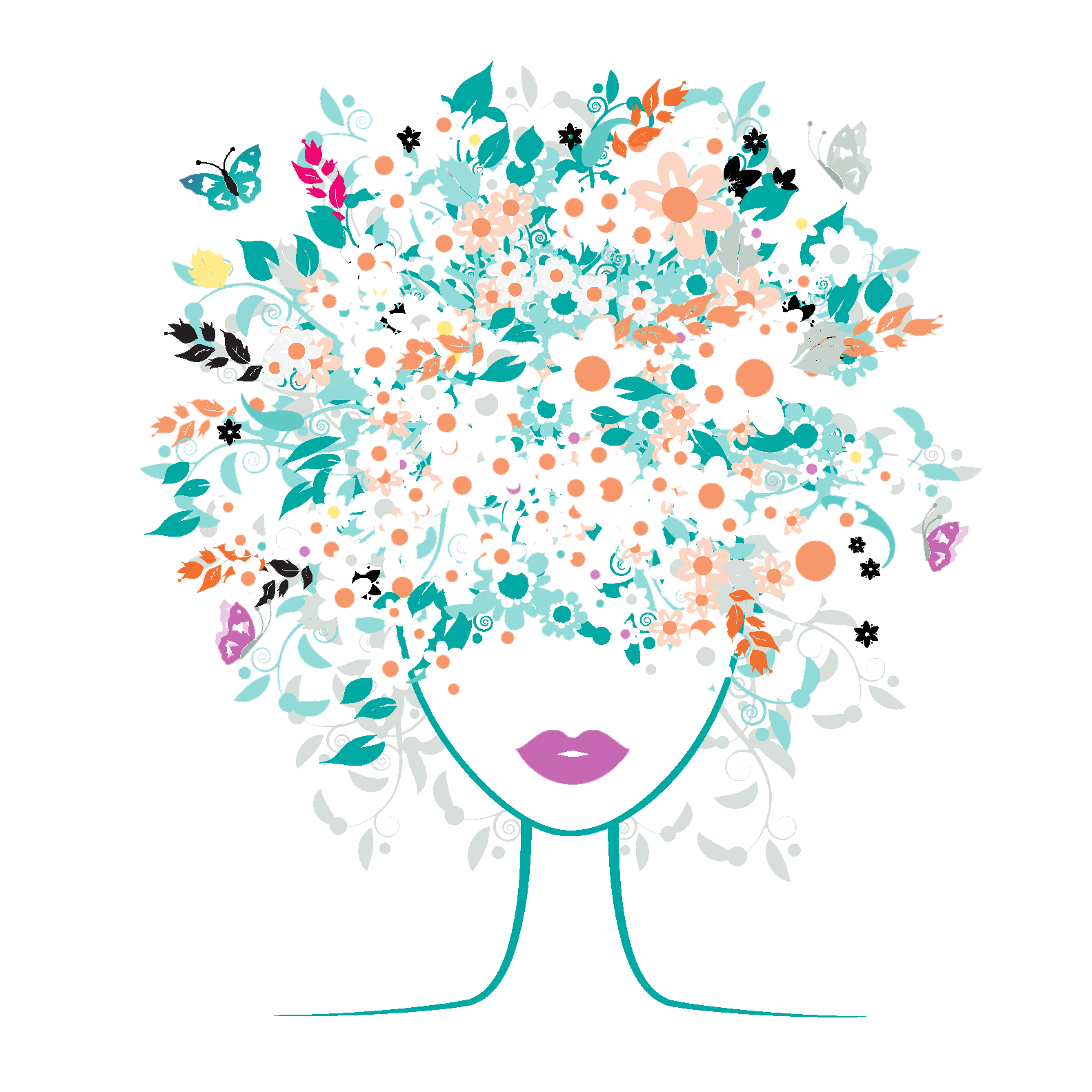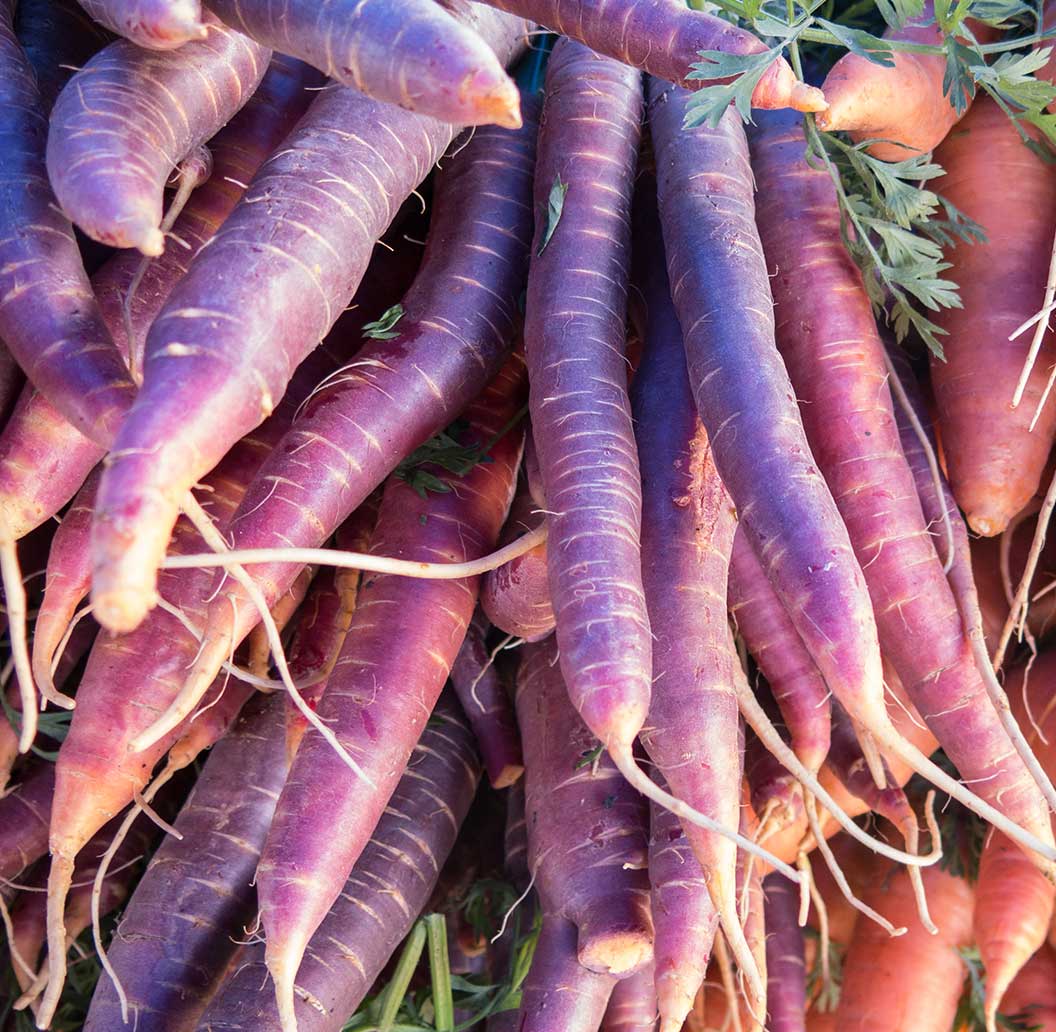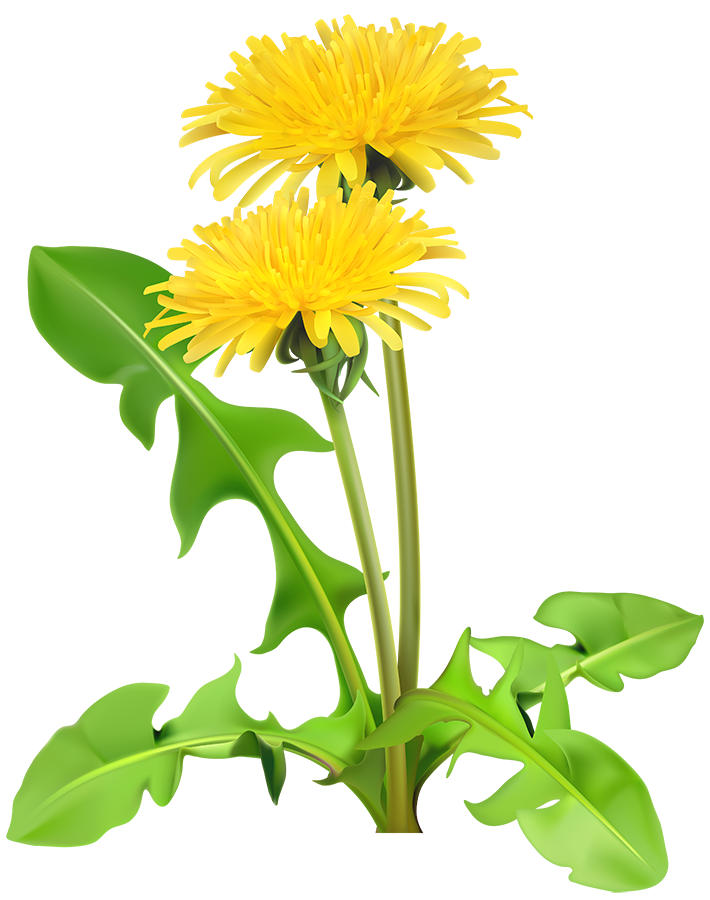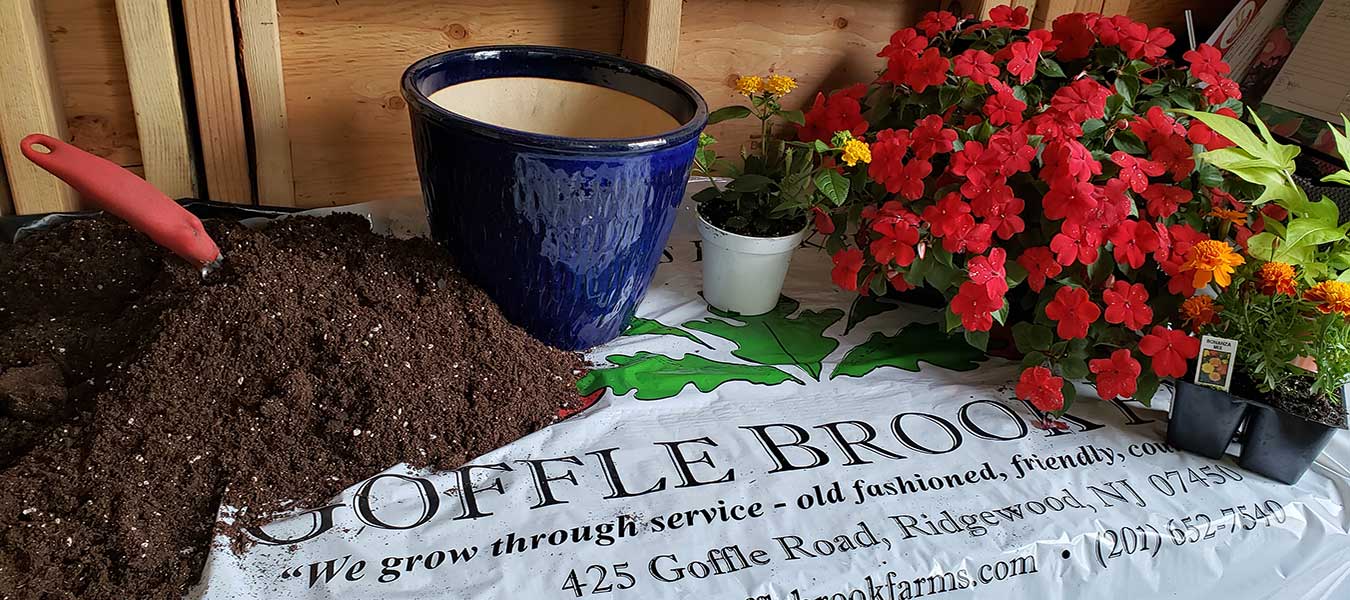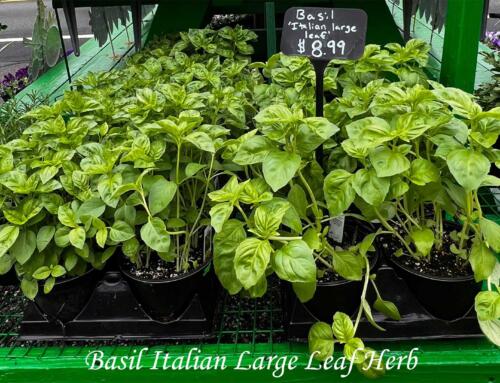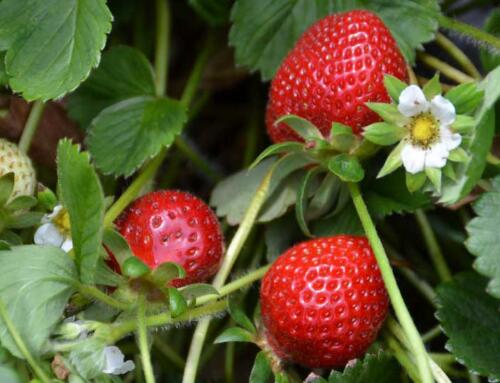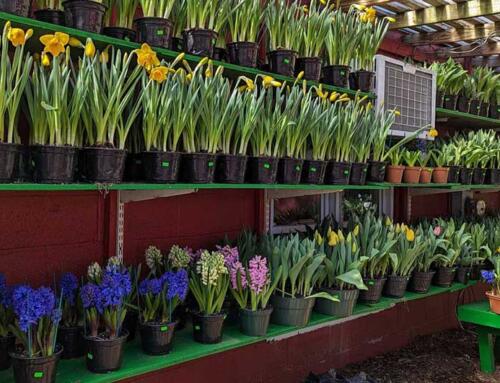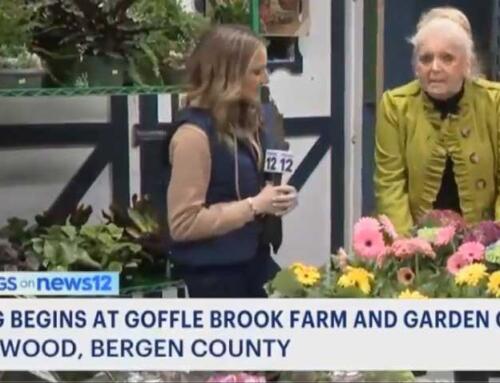DID YOU KNOW?
Interesting Plant Facts
Here’s a selection of unique, bizarre and interesting plant facts. I got the idea for this post way back in early April when my good friend Mags and I were browsing our website and she espied an image of Yarrow on the Herb page. She said “why’s yarrow on the herb page? Aren’t they flowers?” I replied “Yes they do flower, however they are classified as a medicinal herb.” To this she replied “oh, I never knew that. That’s interesting”. We both shared a smile and some laughter over that little conversation. She then said; you should do a blog post called “did you know that”. So since that conversation in mid-April I’ve been gathering these tidbits of garden lore and facts to share….
One of Nature’s Super-Foods
In our gardens we grow and harvest broccoli as a vegetable along side our orange carrots, more on that one later. Back to broccoli which has a reputation of being a super-food which is low in calories but abundant in nutrients. However, this favorite garden vegetable is better categorized as a flower.
There are several vegetables that are technically flowers.These are edible plants in which the leaves and foliage, stems and stalks, flowers, or roots are edible. Some of these flower vegetables can be eaten raw while others are consumed after they are cooked. Vegetable is a general term for the edible portion of a herbaceous (soft-stemmed) plant. Flowers are a specific sort of vegetable, the kind whose above ground parts are edible.
When you grow broccoli (Brassica oleracea italica) in your garden, you have a flower that does not look like other flowers. Because broccoli is an active flower, it can be pollinated; which makes it attractive for bees, butterflies and other pollinators.
Strawberries and raspberries are not berries. They actually are an example of an “aggregate fruit”, forming from a flower that has many ovaries; the ovary being the part of the flower that eventually develops and ripens into a fruit. Once the ovaries are pollinated, the ovaries will swell and eventually form the strawberry.
The scientific and botanical definition of a berry states that a berry has three layers of flesh: the exocarp (the outer skin), mesocarp (the flesh in the middle), and endocarp (the innermost part that holds the seeds). Lo and behold, look what we all love to eat that meets those specifications.
A delicious white fleshed, yellow peeled banana full of seeds. Berries also must have two or more seeds, and their fruit must develop from a flower with one ovary. Once again bananas meet these requirements. And then there’s this, other than being rich in vitamin B6, bananas are a good source of vitamin C, dietary fibre and manganese. Bananas are also fat-free, cholesterol-free and virtually sodium-free.
Couple of years back Prince Charles had people saying he was “daffy” after he told a reporter he often talks to his plants. He even said he had conversations with the uppitty ones. Turns out the ole chap was really on to something.
Michael Pollan, in an article written for The New Yorker, The Intelligent Plant, talks about the new field of plant neurobiology. Pollan says that plants have all of the same sense as humans, but they have more. They have hearing and taste but also sense gravity, or feel something getting in the way of their roots before even coming into contact with it.
In a study performed by the Royal Horticultural Society, researchers discovered that talking to your plants really can help them grow faster. They also found that plants grow faster to the sound of a female voice than to the sound of a male voice. Researchers with the National Institute of Agricultural Biotechnology in South Korea found that plant growth is stimulated by music, and the growth appeared to be linked to two genes related to how plants respond to sunlight.
Carrots were originally purple in color
Before the 16th-17th century, almost all cultivated carrots were purple, with mutated versions occasionally including yellow and white carrots. Orange carrots are believed to have been cultivated by Dutch growers who took mutant strains of the purple carrot and developed them into the modern-day variety.
Although the orange carrot was not cultivated before the 16th and 17th centuries, there is a reference in a Byzantine manuscript around 512AD which depicts an orange rooted carrot, suggesting that at least this mutant variety of carrot could be found at this time. The purple ones still do exist, but by far are the minority in the world of carrot colors.
One of the Healthiest Foods on Earth!
There is probably no flower more hated, or misunderstood, than the bright yellow dandelion. A 2014 study ranks dandelion greens as one of the top 41 most nutritious foods. Dandelions are a great source of vitamin K and also are a good source of vitamins A and C. They also have vitamin E, folate and small amounts of other B vitamins. Also, they provide lots of iron, calcium, magnesium and potassium.
In her book Eating on the Wild Side, writer Jo Robinson says that compared to spinach, dandelion leaves have “eight times more antioxidants, two times more calcium, three times more Vitamin A, and five times more vitamin K and vitamin E.” Besides nutrition, another great thing about dandelions is that you can eat every part of them — from the bottom of the roots to the top of the flower. You can eat dandelion greens either raw or cooked. My Italian grandfather used to collect the greens for dinner. He would use the flowers to make dandelion wine. You can also soak the flowers or roots in hot water to make dandelion tea.
Yarrow is a perennial herb with hundreds of delicate and small flowers, white in color, complemented by foliage that resembles that of a fern. Yarrow was a common site in gardens of years past and I can recall it growing within my Grandmother’s garden. Yarrow is also an execellent pollinator plant, attracting many species of bees, birds and butterflies. Lady Bugs and Predatory Wasps find yarrow an excellent food source and they are a beneficial insect to have around as they feed on harmful bugs.
In the herb garden, yarrow pairs beautifully with Mediterranean herbs, like lavender, rosemary, sage and thyme. Like yarrow, these herbs grow best in well-drained light sandy soils and and can thrive in hot, dry conditions. Space your plants 12 to 24 inches (30-60 cm.) apart if you’re planting more than one yarrow plant. You can also pair yarrow with bee balm, which is another ornamental herb.
Yarrow is well-known for its ability to improve the soil. If you have a patch that needs to be improved, letting yarrow take over for a few months will allow you to reap rich rewards. It is a great addition to compost acting as an activator and increasing the nutrient value of any compost heap. Just chop up the stalks and leaves and add them to your compost heap.
The botanical name for Yarrow is Achillea millefolium meaning ‘Achilles’ herb; a thousand leaves’. In greek mythology the legendary warrior Achilles used Yarrow on the battlefield to heal his wounded soldiers.

